Did you know lighting can improve the quality of your life? Did you know that multiple scientific studies explain the bad use of artificial lighting in our bedrooms for causing various problems such as stress, insomnia, and obesity? Of course, with a good design, we can avoid it.
An incorrect lighting plan can ruin your space. It does not matter if you have the best materials; find the perfect colors and beautiful textures. If they are not illuminated correctly, it is not worth the investment.
In this article, we will demystify lighting and help you choose the right lighting for your home and every space within it.
Different kinds of lighting
Light can be divided into two main categories: architectural and decorative. Architectural lighting mainly focuses on the function and design of the space, providing functional illumination while enhancing its architectural features and design.
Decorative lighting, on the other hand, is designed to be seen. It focuses on the space’s aesthetic and contributes to the overall ambiance. While they serve different purposes, they both play a critical role in creating a successful lighting design.
The main goal of architectural lighting is to be a discrete form of illumination while suddenly enhancing the aesthetic space. Examples are spotlights, recessed LED lights, and track lights.
Decorative lights add to the illumination of a space. Their main goal is to be eye-catching. Examples are chandeliers, floor lamps, table lamps, sconces, pendant lights, and Flashman lights.
How to Combine Decorative Lamps
Usually, a space has different deck rifles. To combine them, you must make sure there is a connection between them. They need a common thread to warrant that the space composition feels cohesive. You can achieve this by choosing lamps with similar shapes made with different materials or colors. You can also combine lamps in totally different shapes but with the same material or color. We already know about decorative lamps; now, let’s dive into architectural lamps.
These are the ones that are part of the geometry of architecture. Distinctive lamps are used in all interior spaces regardless of their style. Their objective is practical and functional: to illuminate the space. These are recessed, ceiling-mounted, LED stripes, spotlights, and track lamps. Their main objective is to correctly illuminate the space and accentuate deck roof elements, architectural factors, or materials. Let’s see how to use each one.
· Recessed Lamps
They are very typical for the general lighting of space. You need a false ceiling to install them since they need space for their installation system. This can be used in any area, both residential and commercial. They are functional and discrete lamps that do not alter the room’s aesthetics. The beam angle of light can vary. If the beam angle of the lamps is wide, they are ideal for any space ambient lighting, from living rooms, bedrooms, dining room, kitchen to corridors. If the beam angle is narrow, the correct use of this kind is to accentuate specific areas. Decorative and architectural detail is not distributed throughout the space to achieve general lighting.
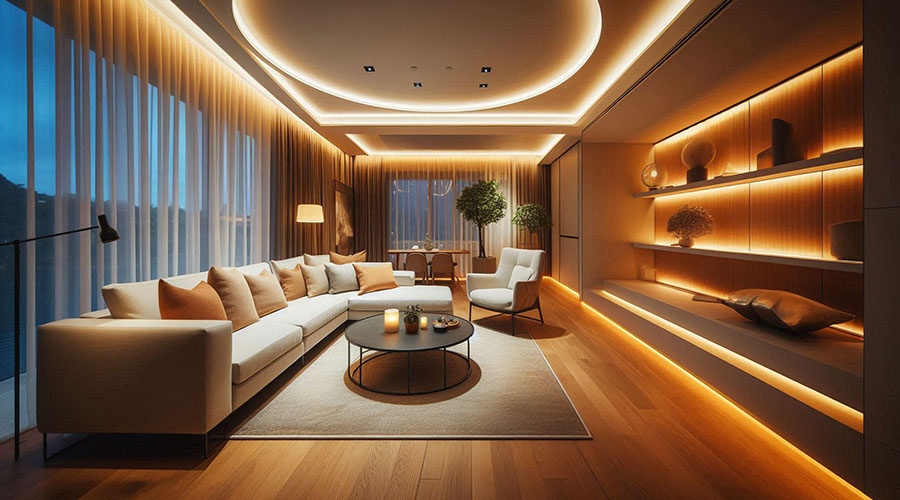
· Ceiling Mounted
Ceiling-mounted lamps have practically the same characteristics as recessed ones. Still, they are used in spaces where there is no false ceiling. Its main objective is the space’s general lighting.
· Spotlights
The spotlights aimed to highlight specific interior design elements such as paintings, sculptures, decorative items, wall textures, and so on. The spotlight must have a narrow beam angle that focuses on the specific point you want. It can be adjusted to focus in the required direction.
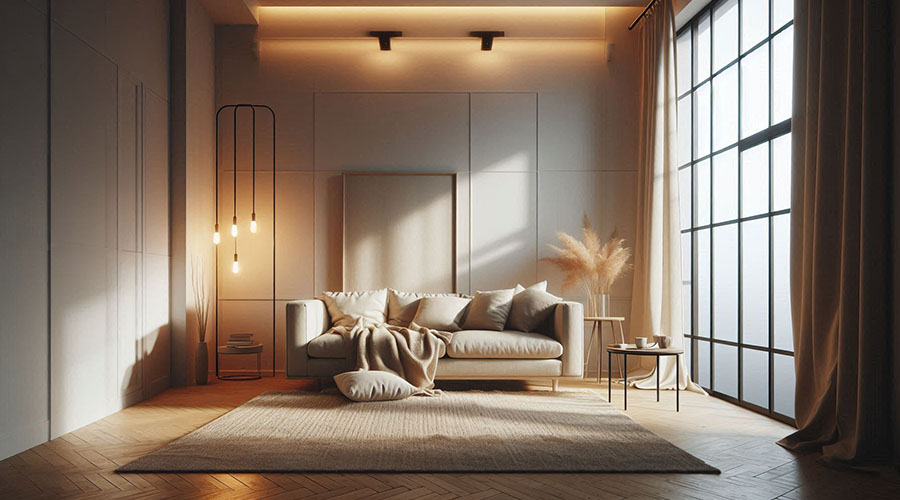
· LED Stripes
Due to their versatility, LED strips are among the favorites in contemporary lighting design. They can define volumes, such as up furniture, or functional areas, like under kitchen cabinets. They provide a soft and diffused light suitable for space ambiance and general lighting.
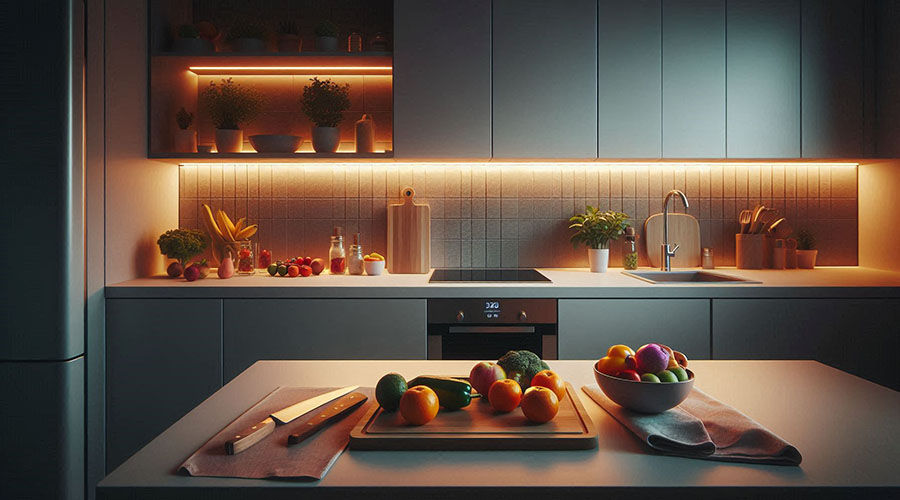
· Track Lamps
These are the saviors of spaces that do not have a false ceiling and have only one light outlet, usually in the middle of the room. You can linearly distribute the lamps throughout the rail to illuminate the spaces evenly without remodeling your electrical system. For example, if your kitchen is dark and you only have one light outlet in the center of the ceiling, this system is very convenient because you can use that single outlet to distribute various light points on the track. This way, you will obtain more homogeneous lighting with a more contemporary appearance.
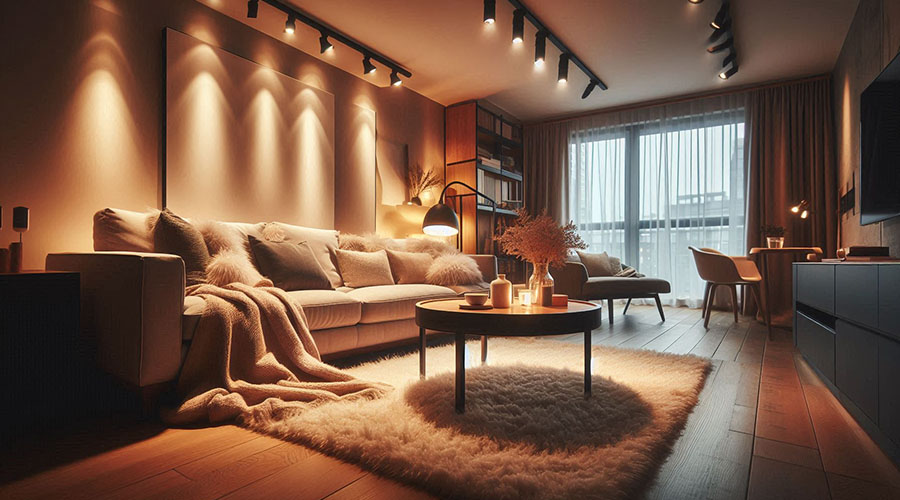
Tips and Tricks to plan a lighting design
Use multiple lamps
One light source is insufficient for a room because it doesn’t help create contrast depth, define shapes, and make the colors pop. In any space, you must plan different lighting layers for optimal results. Consider having ambient lighting for overall illumination through table, wall, floor lamps, and hanging ceiling lamps. Add axon lights to highlight an object or area and draw attention to a factor using spotlights. Add task lighting for a particular task or activity, such as reading, writing, or eating. Use a table or floor lamp with direct lighting for reading under cabinet light for the countertop, a pendent lamp to illuminate the dining table, and so on.
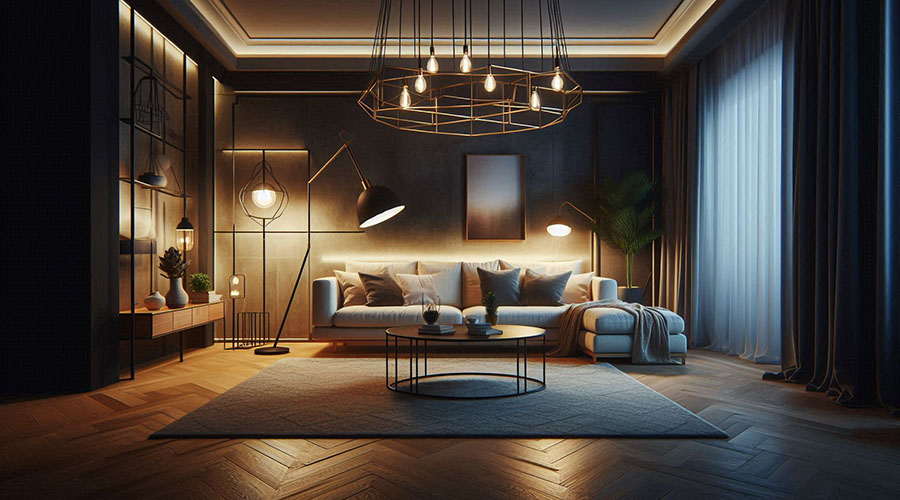
Space Use
Before selecting lamps, consider how the space will be used and what activities will be carried out to determine the type of lamps you need. For example, if you want to use the space to read or study, you will need a lamp to illuminate the work surface directly.
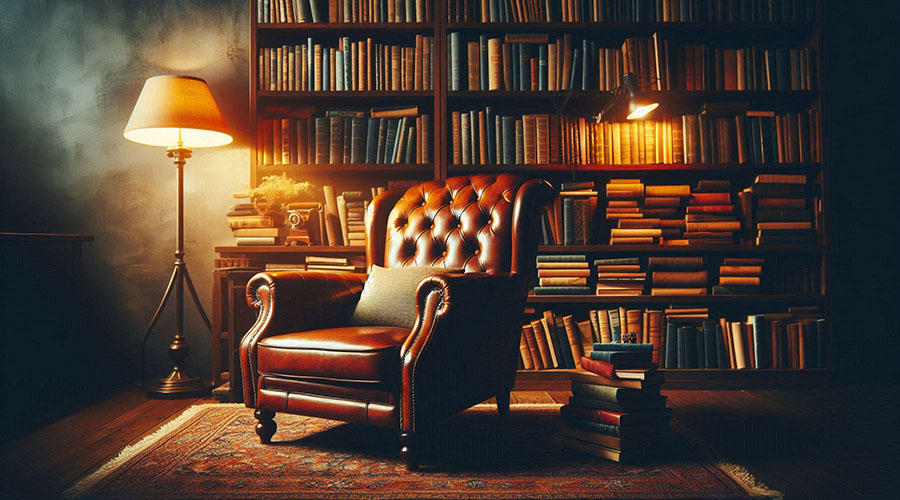
Space planning
It will be best to have a precise idea of how the furniture will be distributed in space. This way, you can place the different lamps correctly and efficiently. For example, if you have a wall that will be the focal point of the dining room or living room, you must consider placing spotlights or track lighting to illuminate and accentuate that area.
Functionality
When placing pendant lamps, it is important to consider that they do not block the view or interfere with the development of activities. If the lamp you are considering prevents the space’s optimal functionality, consider another lamp or use it in a higher space.
Bottom-line
For any area to be more useful and aesthetically pleasing, architectural and decorative lighting design must be done correctly. Knowing the various kinds of lights and how to utilize them will help you avoid problems like tension and sleeplessness brought on by inadequate lighting and guarantee that your area is both attractive and well-lit. Consider layering different light sources, making plans based on how much room is needed, and ensuring there are no obstacles in the way of functionality for the best outcomes.


